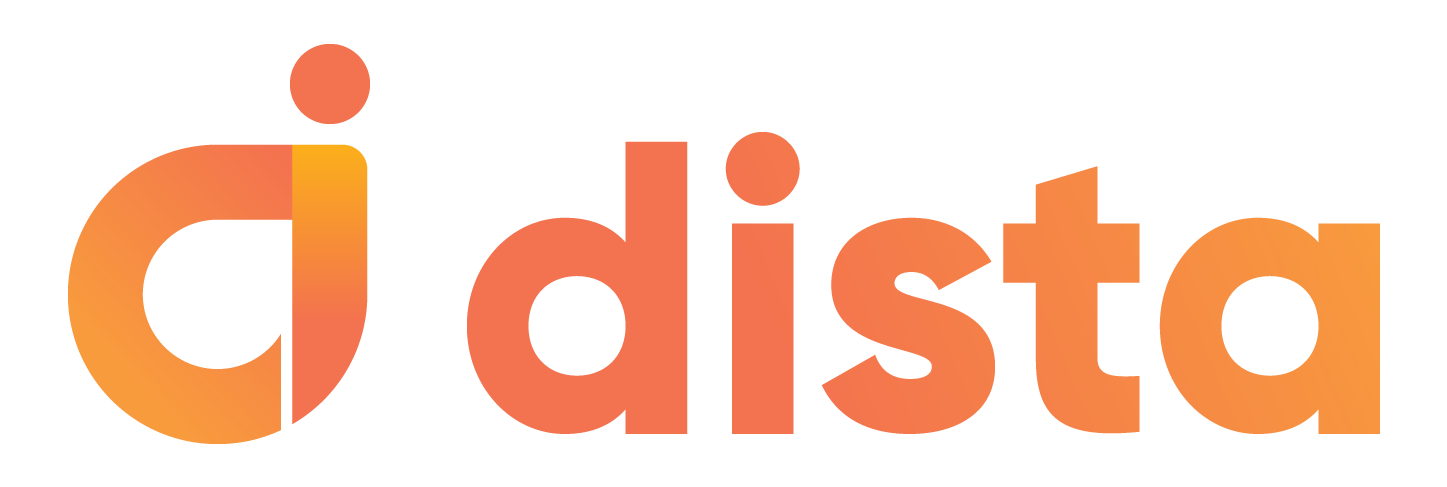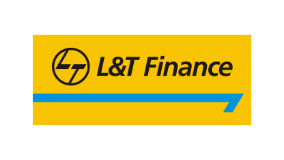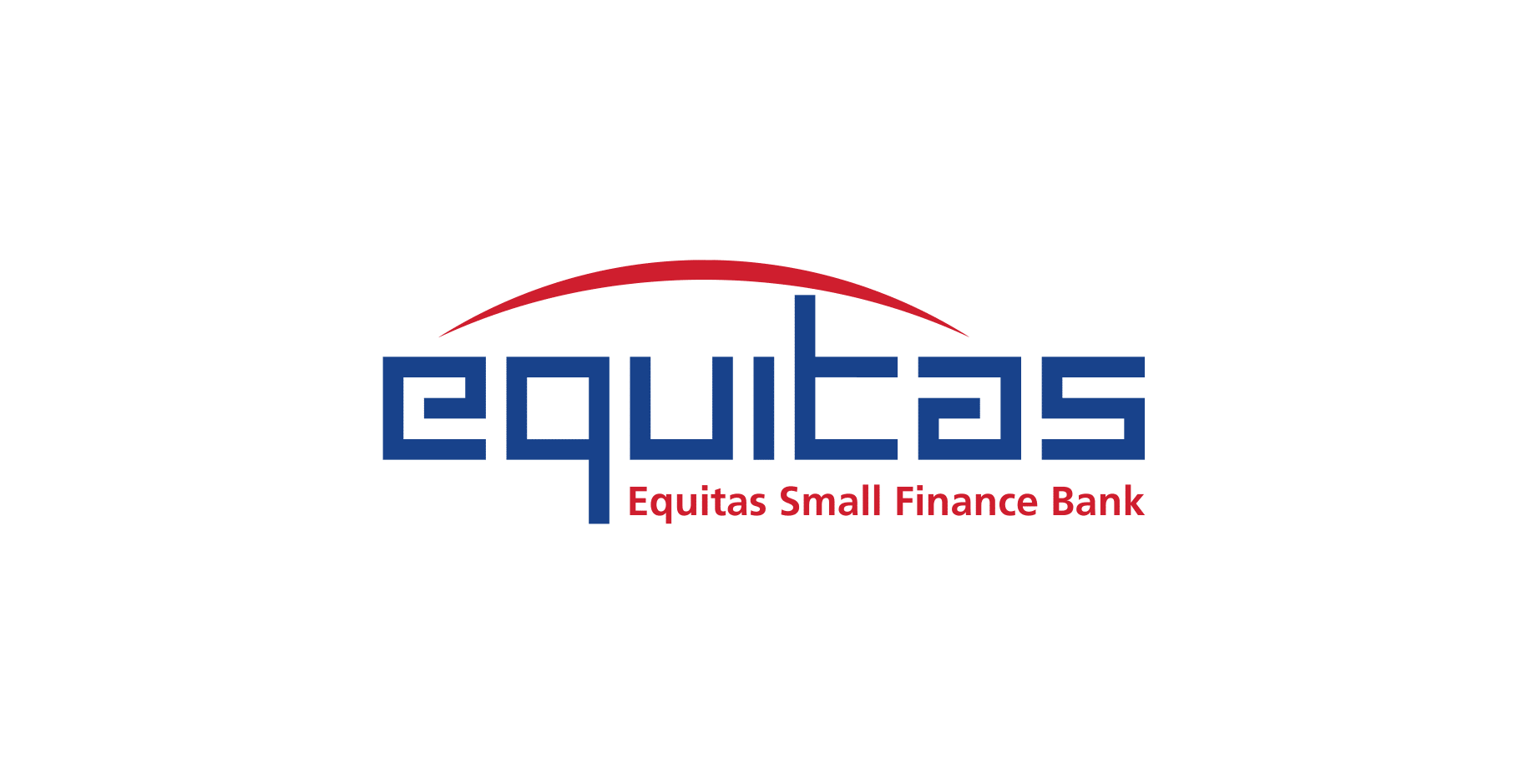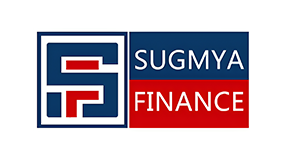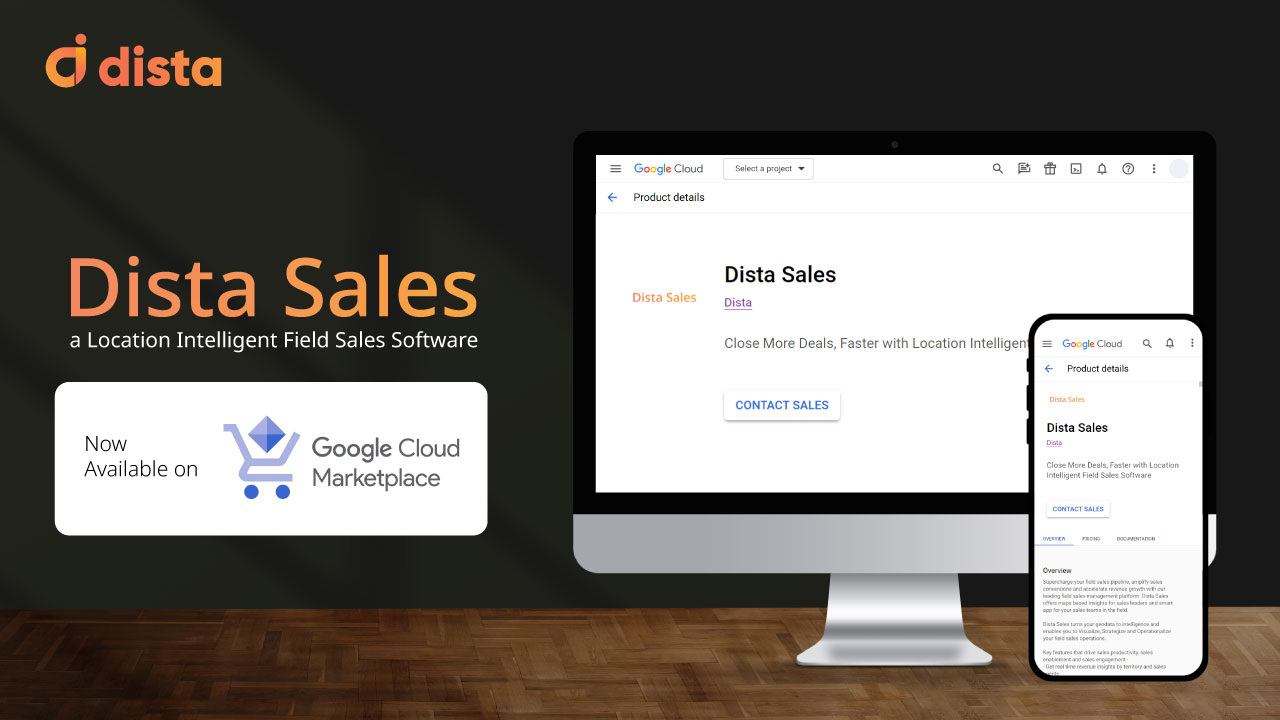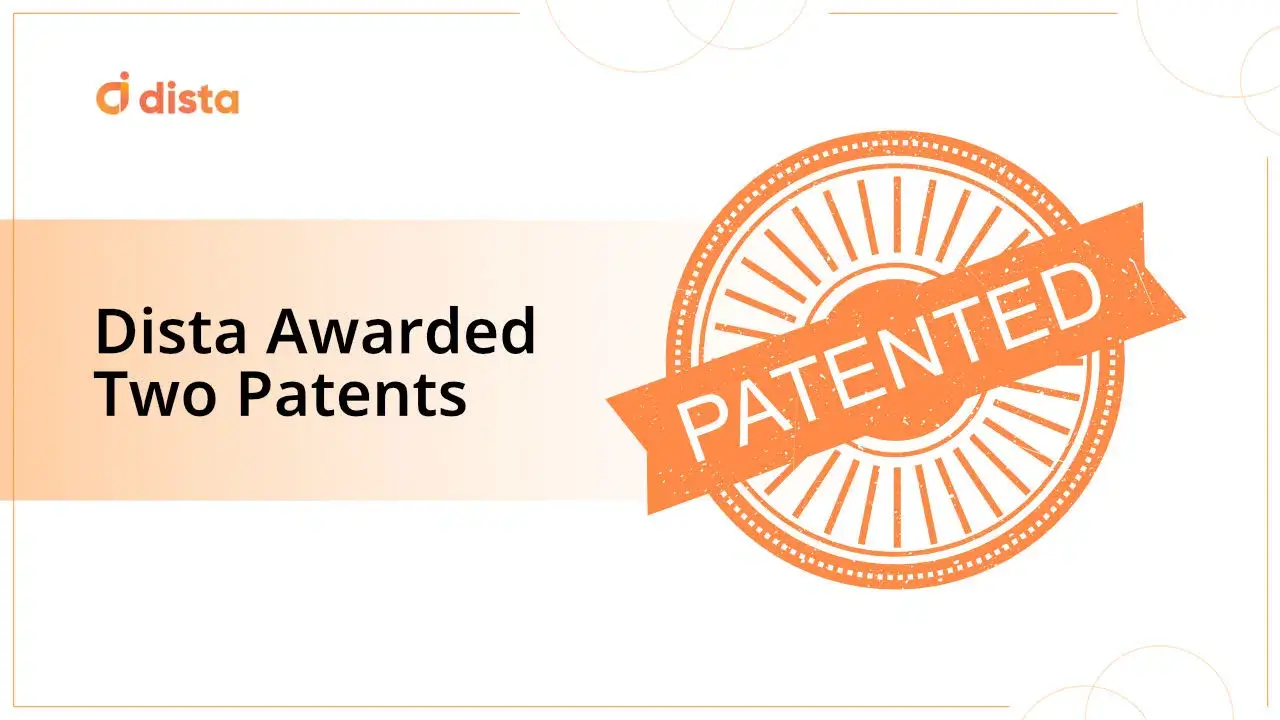Visualize. Strategize. Operationalize.
Dista’s Framework to Applying Location Intelligence
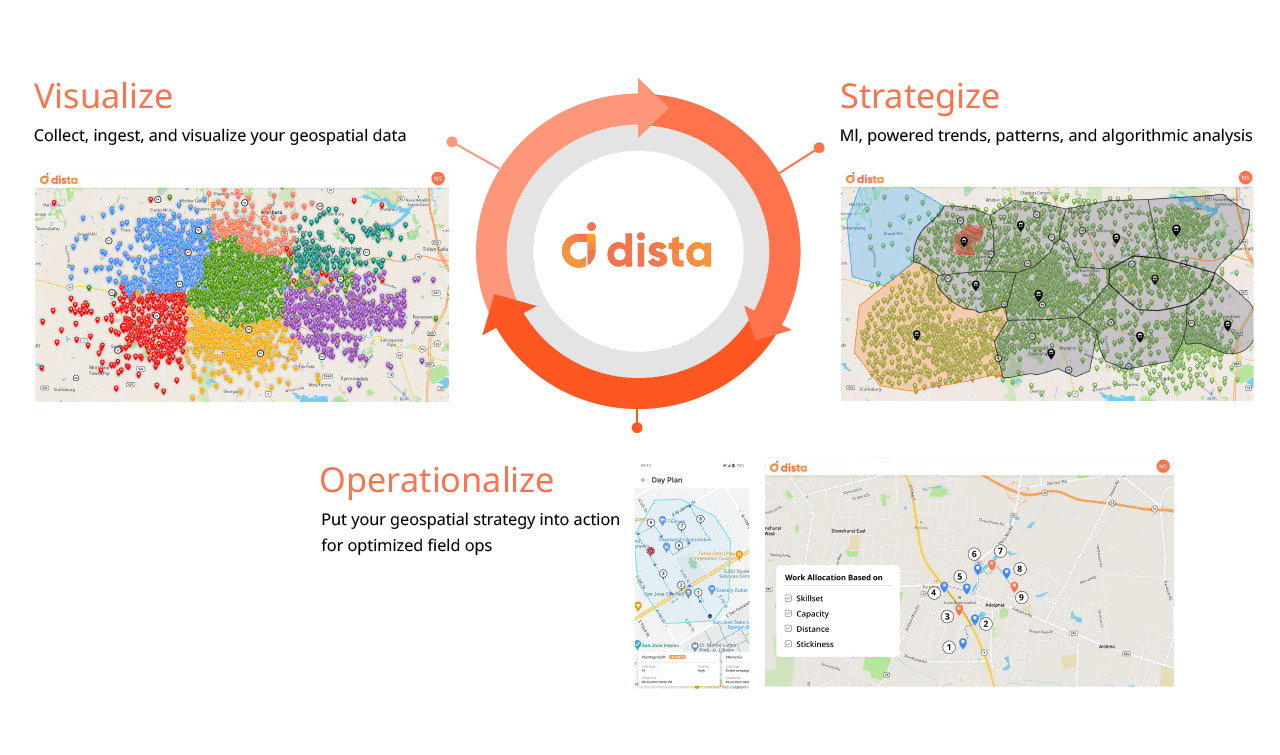
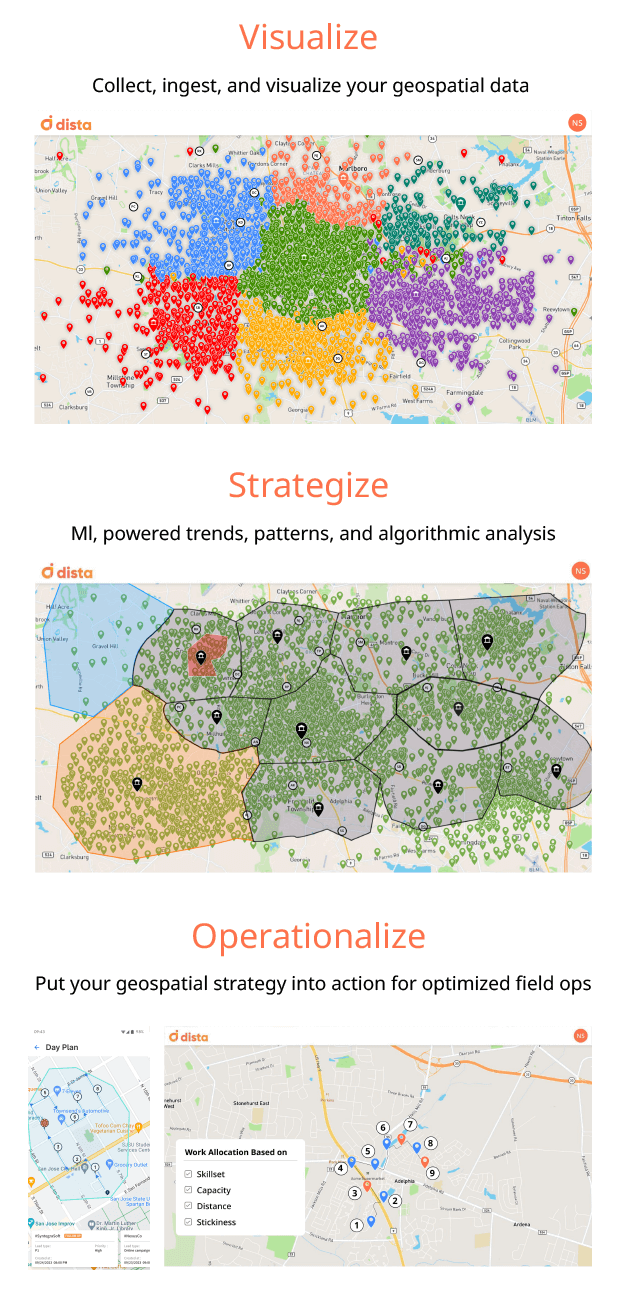
Our Products
Custom SaaS products built on low-code/no-code location intelligence platform.
Dista Sales
Strengthen sales process to sell faster and better at scale.
Dista Service
Drive service excellence to enhance customer experience.
Dista Deliver
Intelligent delivery management to orchestrate first and last-mile deliveries.
Dista Insight
Leverage geospatial analytics and visualization to accelerate growth.
Our Solutions
An AI-powered suite of functional and industry solutions to get the most out of your geo-data.
Field Sales Management
Go beyond a generic CRM to maximize selling activity
Market Expansion
Scale business by utilizing geospatial insights and make data-rich decisions
Territory Management
Expand sales coverage with balanced territory planning
Site Selection
Unlock new opportunities with a robust site selection strategy
Geomarketing
Personalize communication with customer-centric campaigns
Delivery Management
Boost last mile delivery efficiency with high speed accuracy
Address Geocoding
Standardize, Cleanse, and Verify Addresses
Doorstep Services
Boost Customer Satisfaction with Seamless Doorstep Services
Applying Location Intelligence Across Industries
Banking & Finance
Explore how geospatial insights accelerate sales pipeline, improve doorstep banking, automate debt collection, and enhance the banking experience
Insurance
Discover how location intelligence improves agent productivity, mitigates underwriting risks, enhances fraud detection, and simplifies agency management
Logistics & Shipping
Learn how Dista’s delivery and dispatch tool ensures consistent first to last mile delivery, and strengthens supply chain network design.
Retail & CPG
Learn how retail and CPG organizations improve sales coverage, balance territories, increase delivery efficiency, automate omnichannel fulfillment and more.
Pharma
Increase medical rep (MR) productivity in real time. Strengthen your distributor network by optimizing supply chain network and ensure faster order fulfillment.
Food & Beverage
Drive consistent hyperlocal deliveries with omnichannel order management and expand to new locations with faster store setup
See How Enterprises Leverage Location Intelligence with Dista

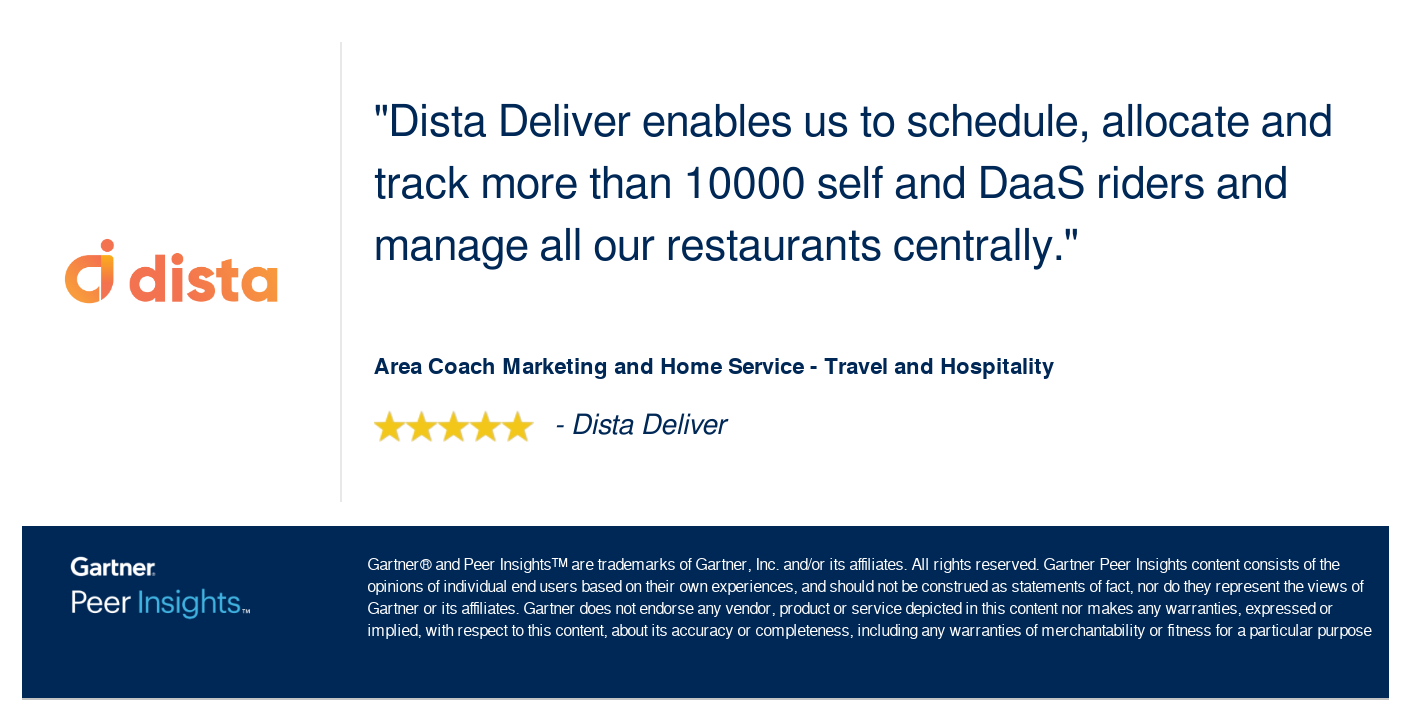
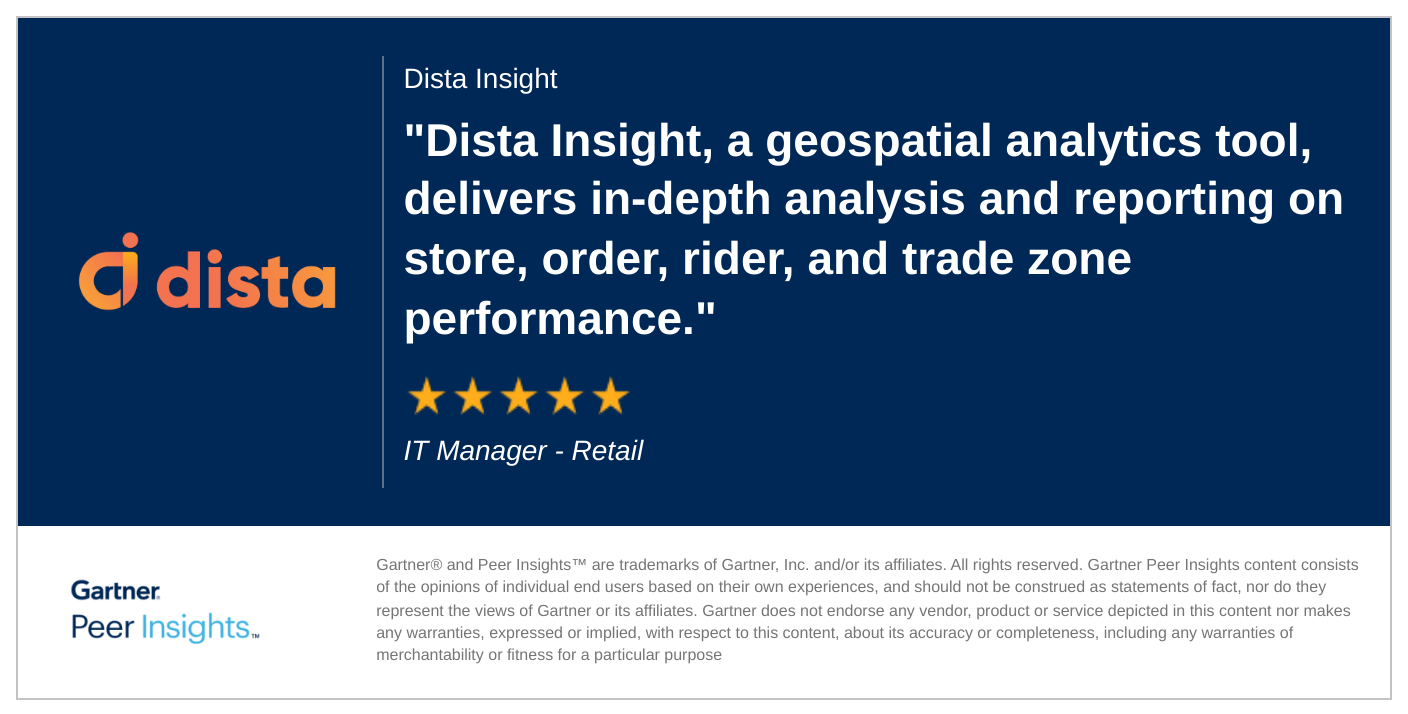
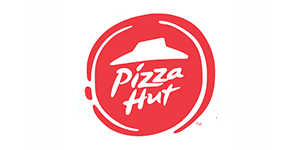
“With Dista Deliver, we’ve been able to keep our 30 minute SLA. The platform orchestrates over 1500 riders and tracks orders from over 500 outlets across India. It helped us define serviceable areas, expand customer coverage, facilitate new store onboarding.”

Prashant Gaur
Chief Brand and Customer Officer
Pizza Hut, India Subcontinent
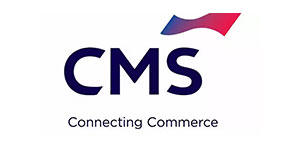
“With Dista’s AI-enabled location intelligence platform, CMS provided seamless, faster, safer, and hassle-free doorstep cash transportation service. There was an increase in agent productivity while a reduction in cash movement overheads with the right-sizing of custodians and vans.”

Rohit Kilam
CTO
CMS Info Systems
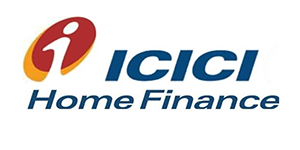
“Dista Service helped us with field investigation of our prospects as well as loan servicing for customers. Over 10K users are using the app to get real-time updates on their loan status, raise queries, respond to queries and more.”

Sandeep Gambhir
Head – Digitalisation & Marketing
ICICI Home Finance


Pankhuri Goel
Director, Fulfilment & Experience
Meesho

“By leveraging Dista Deliver, we are delivering over 2000 orders per month across 700 stores. Their system helped our store managers get real-time visibility on delivery executives and enabled them to allocate orders automatically. “

Anirban Chakraborti
Head of Digital
Sangeetha Mobiles
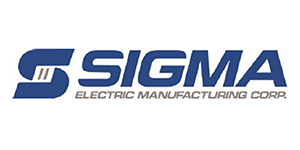
“Dista’s employee transportation management software streamlined ride booking for our employees and optimized their pick-up and drop-offs. It offered complete transparency on distance traveled, thereby resulting in effective management and significant savings.”

Nilesh Nerlekar
HR Manager
Sigma Electric Manufacturing Corporation

“As a startup, we thought the technology required for our unique business model would be available only to industry giants after spending millions of dollars. However, Dista offered the best solution to streamline our entire delivery process.”

Ashutosh Mahindru
Founder & CEO
Foodtech Ventures

“With Dista, we have catered to over 20,000 book lovers in more than 300 housing societies. We expanded our sales coverage by leveraging their scheduling software for beat planning of our book trucks to visit more residential societies per day.”

Ashay Walambe
Co-founder
PustakWale


Anirban Chakraborti
E-business and Omnichannel Platforms Head
Wellness Forever


Vikas Gupta
Co-founder
MyDiagnostics

“Dista’s delivery management product, Dista Deliver, helped streamline our delivery business for ~750 KFC stores across India. Dista Deliver enables us to schedule, allocate, and track more than 10,000 self and DaaS riders and manage all our stores centrally.”

Rohit Kathpalia
Associate Director IT – IT Strategy
KFC India Pvt Ltd
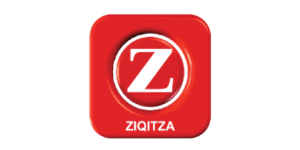
“Dista helped Ziqitza Healthcare Ltd improve fleet supervision and maintenance, significantly reducing fleet repair costs. We now seamlessly manage and track vehicle repair requests for maintenance, batteries, and tyres for over 3000 vehicles across India with Dista’s AI-powered fleet management solution.”

Himanshu Dhabalia
Head – IT
Ziqitza Healthcare Ltd
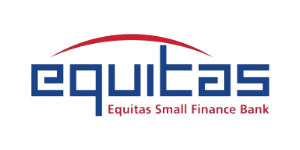
“By leveraging Dista Sales, we offered seamless doorstep services to our customers. The field sales management software auto-allocated leads to sales reps based on their real-time location. This helped them reach the customer location within the defined SLA and increased our customer onboarding.”

Shanmugam Manivannan
Vice President – Digital Banking
Equitas
